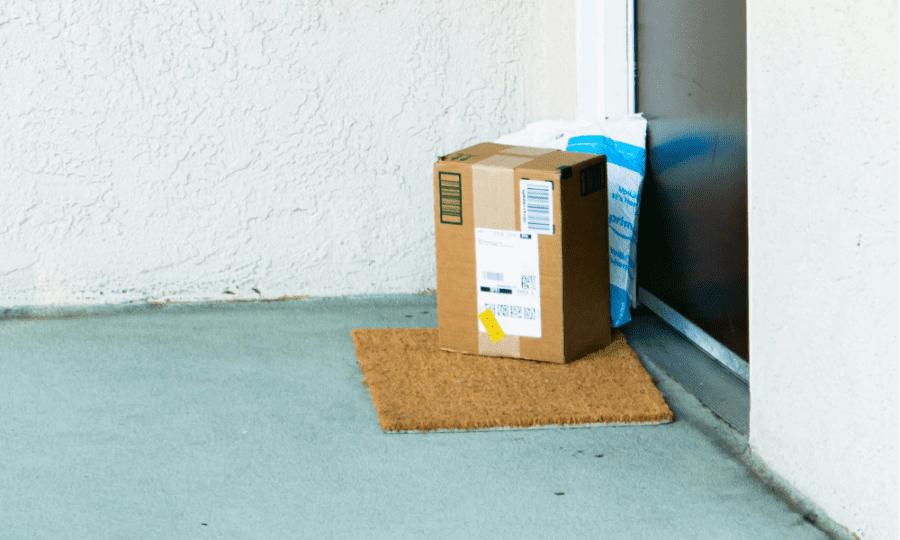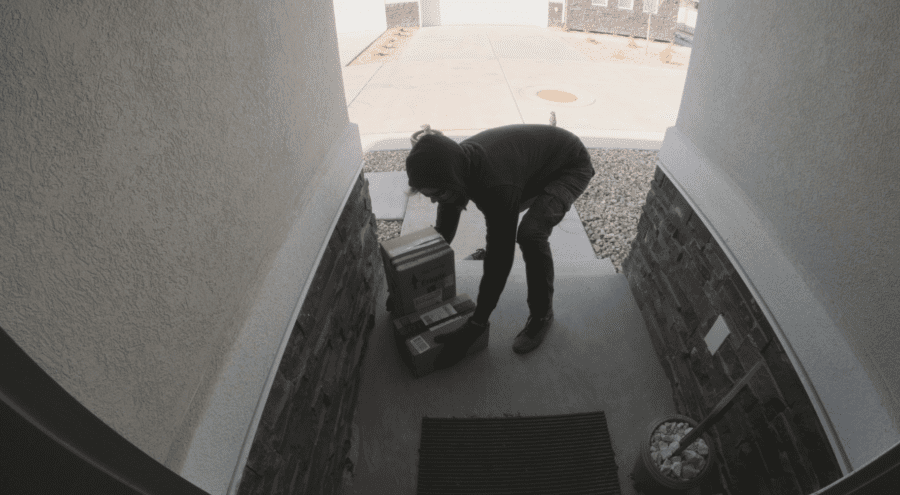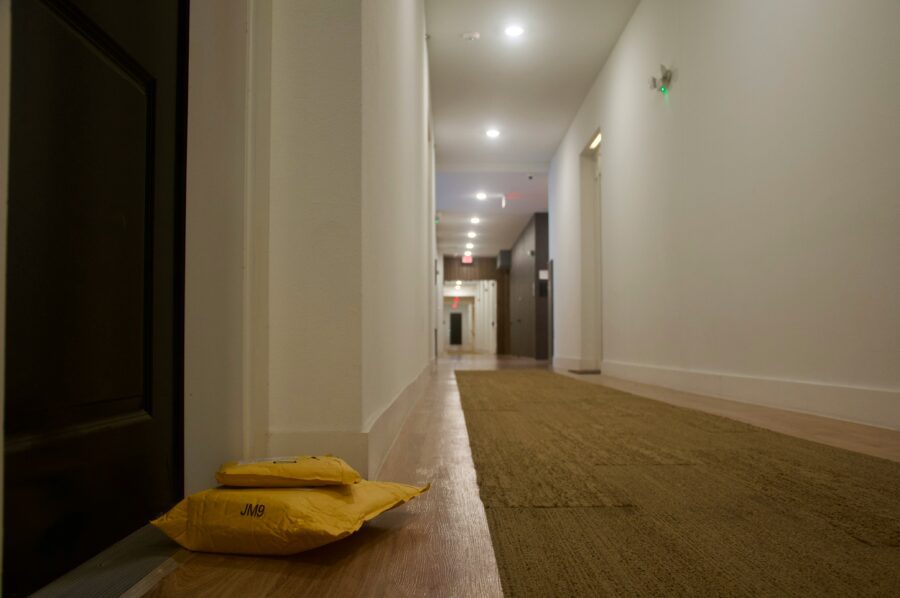
Our Blog
Planning BTR Parcel Space with Architects and Interior Designers Saves Time and Cost
Written by: pdm
4 Min Read
Published: October 28, 2021
Updated: December 13, 2022
Higher levels of online shopping generate increasing numbers of parcels delivered to Build to Rent (BTR) apartments and other buildings. Effective parcel management is therefore a must to satisfy existing, and attract new, residents. For new BTR projects, considering parcel management solutions early saves time and cost later on.
In 2020, people turned to online shopping when shops had to close. However, online was a growth channel even pre-pandemic, with a 2019/20 eight per cent year-on-year increase in UK parcel volumes – a phenomenal 2.8 billion delivered items.
Developers who are planning BTR properties and the Architects and Interior Designers who are designing them must factor in how such high volumes of delivered parcels will be managed. Failing to do so will most likely end in one of two ways. Either parcel storage won’t be allocated anywhere, in which case parcels could end up in reception where they’ll be a theft, fire and trip hazard, or space will have to be reworked later in the process to add parcel storage.
Joanna Shear, founder and MD of interior design and furniture procurement company Space Consultancy, says: “It’s the tenants and onsite staff who gain from effective parcel management when a property is up and running, but considering it early on benefits the programme management. Any hold-up in finalising designs, or making changes partway through a project, is time and money.”
Joanna also points out that “interiors need to last for many years”, and that “no building owner wants to refurbish or reorganise space soon after completion”.
Planning parcel management early on, at the design stage, ensures adequate space will be allocated for parcels. It avoids potentially costly workarounds later on and helps future-proof properties for parcel deliveries, even if volumes increase.
Convenient and secure parcel storage
Parcels don’t tend to make it directly to their intended residents at the time they are delivered. They have to be stored somewhere. If the burden is placed on building staff to take in parcels and distribute them to residents, they will spend a lot of time on just that activity. In fact, if each delivery takes around four minutes to manage, and 30 parcels arrive a day, they’d spend up to two hours every day.
If parcels are instead left for residents to find and collect themselves, they are at risk of going missing and are likely to pile up in communal spaces where they will be a health and safety issue. Not only that, but they will also make the area look untidy and create the wrong first impression for any would-be new residents visiting the building.
The aim of effective, efficient parcel management is to deliver a convenient experience for residents while preserving the good order of the building and reducing the burden on staff. Ideally, parcel processes will also minimise person-to-person contact between couriers and staff and staff and residents.
Intelligent parcel lockers provide secure, self-serve parcel storage. When a resident’s parcel is put into a locker, they are automatically sent a notification containing a code and barcode that they use to open the locker and retrieve their item.
Early planning saves time and cost
Factoring parcel management into the BTR planning stage avoids later problems.
If plans have to be changed mid-development to make room for parcel storage, it could add time and cost to the development. The earlier each element of a design and build can be considered, the smoother the process will be and the quicker each stage will progress.
Space is always at a premium in residential developments. Submitting drawings for planning approval before parcel management is thought about could limit options later on. The cost of changing plans after building work has begun is likely to be even more.
Not only that, but parcel management planning needs to be sympathetic to the design of the building. Branded lockers, situated inside or outside, can keep in with the look of the development while enabling convenient, 24/7 parcel delivery and collection.
Adaptable solutions
Nothing stands still. As we’ve seen in recent years, parcel volumes have increased. Next year’s parcel storage needs might not match todays in a new building. For that reason, parcel management must be flexible through a solution that can adapt as needs evolve. Locker hubs are modular: “An initial installation can cater for predicted demand but with the capability to plan for future growth when more units can be added,” says Space Consultancy’s Joanna.
Quadient’s team of experts can recommend a parcel management solution at all stages of a development project, including parcel lockers that can be fitted retrospectively. However, involving the team during the planning stage can help save time and cost in the development, compared to building in a solution later on.
For more information, take a look at intelligent parcel lockers from Quadient.





